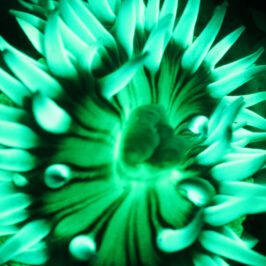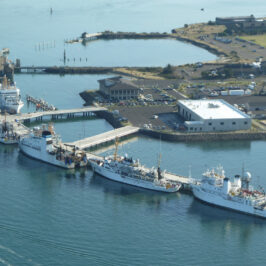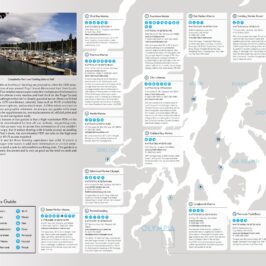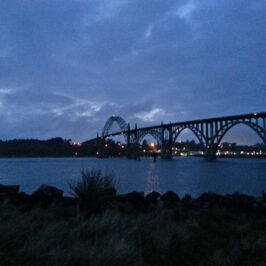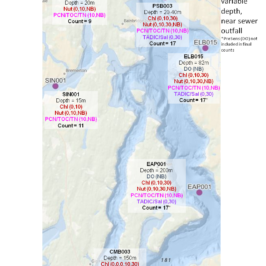Connecting ocean acidification monitoring data with natural resources in Washington State
Natalie Coleman, Washington State Department of Ecology, Lacey, WA, USA
Micah Horwith, Washington State Department of Ecology, Lacey, WA, USA
Washington State Department of Ecology’s Long-Term Marine Monitoring program expanded in 2018 to
include discrete water samples to measure and calculate ocean acidification parameters across Puget
Sound and Washington’s coastal bays. The program is now able to monitor aragonite saturation state
(Ω), where values of Ω>1 are more favorable for calcifying organisms. Due to year-round sampling, this
program can determine when and where favorable conditions overlap with biological seasons and life
stages for important species such as Pacific oysters, Dungeness crab, and pteropods. Monitoring efforts
have revealed regional variation in length and timing of the favorable water season (Ω>1), which could
result in divergent impacts on sensitive species. For example, the season of favorable water was longer
in South Puget Sound and Hood Canal (consecutive days 202, 218) and shorter in Whidbey Basin and
Central Puget Sound in 2019 (153, 155). Increasing concentrations of atmospheric carbon dioxide are
likely to reduce the length of the favorable water season over the coming decades. Here, we identify
existing biological monitoring data in Washington State and offer examples and suggestions for
connecting measurements of ocean acidification parameters with population data for sensitive species.

